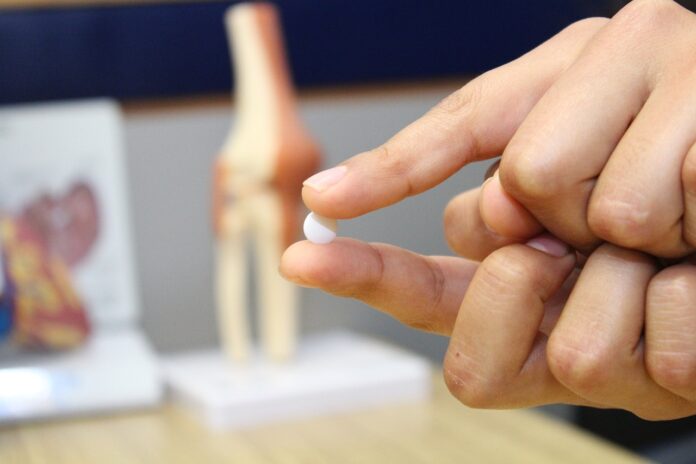The Urgency of Equity in Sexual Health
Sexual health equity is no longer a distant ideal—it’s a necessity. As we navigate 2025, systemic barriers, technological advancements, and shifting political landscapes are reshaping how communities access care, education, and advocacy. From telehealth innovations to grassroots movements, this blog explores the challenges, breakthroughs, and actionable strategies driving progress toward a world where sexual and reproductive health rights (SRHR) are universal, inclusive, and free from stigma.
1. Systemic Challenges: The Persistent Gender Gap
Despite global commitments like the UN’s Sustainable Development Goals (SDGs), gender disparities in health outcomes remain stark. Women and marginalized groups face inequities rooted in historical biases, underfunded research, and systemic exclusion:
- Underrepresentation in Research: Only 34% of clinical trial participants are women, perpetuating gaps in understanding conditions like endometriosis or menopause .
- Leadership Barriers: Women hold fewer than 30% of leadership roles in global health institutions, slowing progress toward inclusive policies .
- Funding Gaps: Research on women’s health receives just 4% of global biomedical funding, leaving critical issues like maternal mortality underaddressed .
“When women lead, policies are more inclusive, research is more representative, and healthcare access improves for marginalized communities.” – Dr. Natasha Azzopardi Muscat, WHO/Europe .
2. Telemedicine: A Double-Edged Sword
Digital health tools are revolutionizing access but also exposing inequities.
Breaking Barriers
- Reaching Remote Communities: Telehealth bridges gaps for rural populations, offering confidential consultations for STI testing, contraception, and mental health .
- Reducing Stigma: Virtual platforms empower LGBTQ+ youth and survivors of gender-based violence to seek care without fear of judgment
- Digital Divide: Over 40% of rural women lack reliable internet, excluding them from telehealth advancements .
- Privacy Risks: Shared living spaces and data breaches threaten confidentiality, deterring vulnerable groups from seeking help .
DAREM NGO combats these issues through digital literacy programs and partnerships with local clinics, ensuring telehealth complements—not replaces—in-person care .
3. Policy Battles: The Shadow of Project 2025
Conservative policy agendas threaten decades of progress in sexual health equity. The 2025 Mandate for Leadership proposes:
- Defunding Inclusive Education: Banning comprehensive sex education and critical race theory in schools, which could reverse declines in teen pregnancies and STIs .
- Erasing Gender Identity: Removing LGBTQ+ protections from federal policies, hindering data collection and targeted interventions .
- Restricting Reproductive Rights: Limiting access to abortion and contraception under the guise of “family values” .
“These policies could shutter clinics, end public health campaigns, and silence advocacy for marginalized communities.” – Public Health Analyst .
4. Grassroots Solutions: Community-Led Change
Local initiatives are filling gaps left by systemic failures.
Comprehensive Sex Education (CSE)
- Plan International delivers CSE in 30+ countries, empowering adolescents like Tiwonge from Zambia to reject harmful practices like child marriage .
- DAREM NGO hosts workshops to normalize conversations about consent and STI prevention, reducing misinformation in conservative regions .
Youth Advocacy
- The 1.8 Billion Young People for Change campaign amplifies adolescent voices, demanding governments prioritize SRHR funding and policy reforms .
5. The Road Ahead: Equity Through Action
The 2025 International Conference on Family Planning (ICFP) outlines actionable strategies to advance SRHR:
- Decolonizing Research: Prioritize studies led by Global South researchers to address localized needs .
- Climate Resilience: Integrate family planning into climate adaptation programs, recognizing its role in mitigating resource scarcity .
- Tech Equity: Develop AI-driven tools for SRHR education while ensuring accessibility for low-literacy populations .
“Equity isn’t just a goal—it’s a process. We must dismantle silos, amplify marginalized voices, and invest in intersectional solutions.” – ICFP 2025 Theme .
How You Can Help
- Advocate: Support policies protecting comprehensive sex education and telehealth access.
- Educate: Share resources from organizations like DAREM and Plan International to combat stigma .
- Donate: Fund grassroots initiatives addressing digital divides or menstrual equity.
Conclusion: A Call for Collective Courage
Sexual health equity in 2025 demands more than awareness—it requires action. From resisting regressive policies to embracing telehealth’s potential, every effort counts. As Dr. Muscat reminds us, “When women thrive, communities thrive” . Let’s build a future where health is a right, not a privilege.














